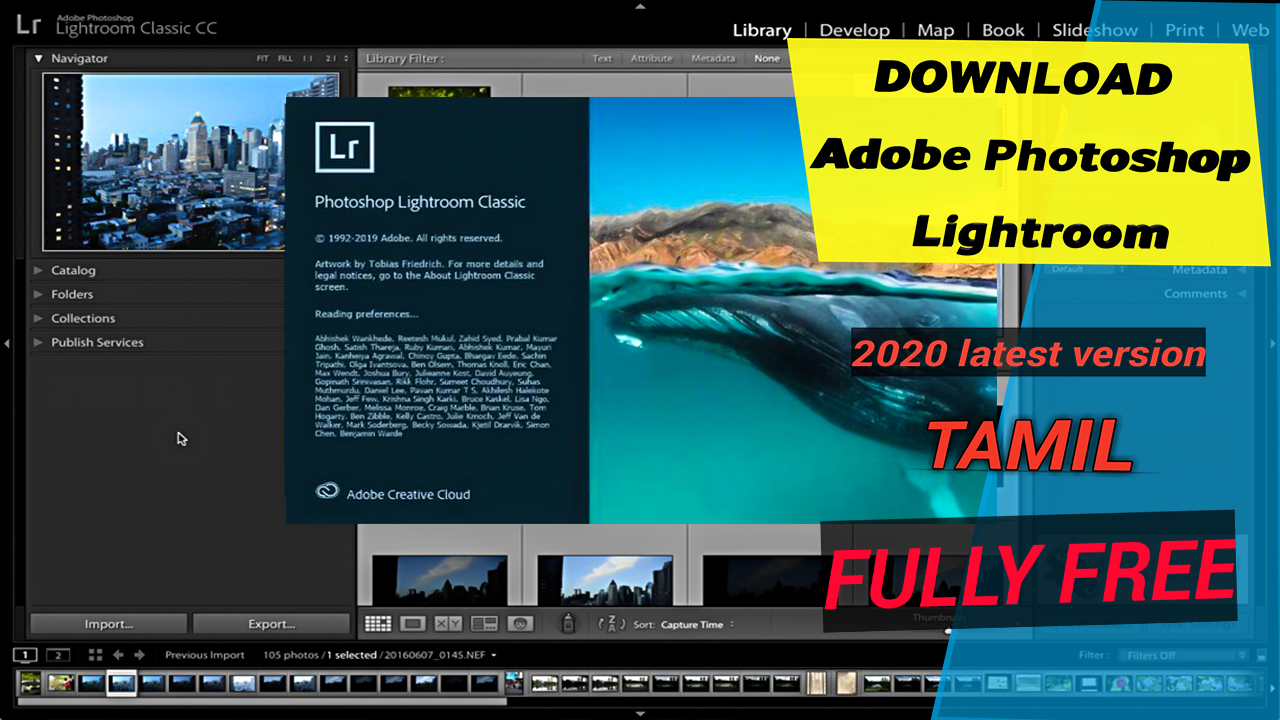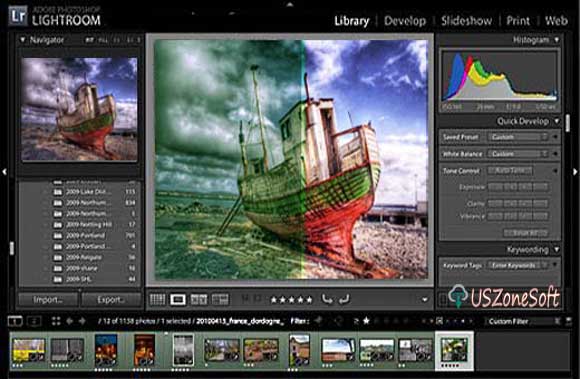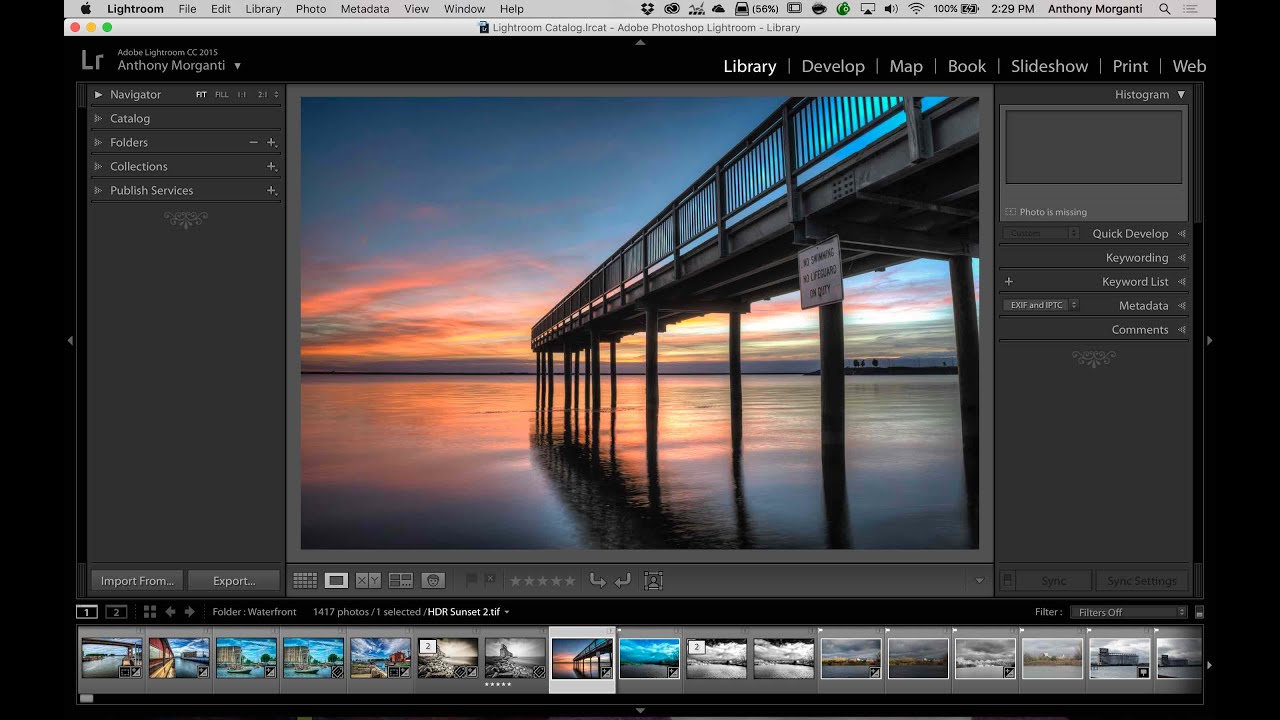

The full-resolution file, however, will download the full pixel resolution, although it's not at the 100% quality level that would be ideal for printing, but is more than adequate for most other uses. If the intention of the end user is to print some of the downloaded files, you ideally want the full resolution file available in the cloud, which means uploading directly to Lightroom first (as syncing from LrClassic only uploads a smart preview, which is always 2560 pixels on the long edge, and only downloads at 2048px, so not ideal for subsequent printing). The only things that matter are the pixel dimensions of the exported file (an export is what a user download effectively is) and the amount of jpeg compression used during the download. How can they be 300dpi when downloaded?īy images have no inherant PPI or DPI value, those terms are meaningless in the context of sharing, viewing and downloading, and they have no effect on the quality of the image. And in both scenarios, the downloaded images is 96dpi. I tried this by syncing the two and also by uploading 300 dpi directly to Lightroom. Photos are 96 dpi rather than 300dpi when downloaded. Download Free Lightroom Presets - Join over 980000 other photographers who already use our Best Lightroom presets. That’s all for now folks! I better get back to workflowing the 32,000 images we shot in the past week.I use Lightroom Classic for editing and I wanted to share photos with a client so they can download them. (By comparison, Lightroom 4.1 RC2 was completely bottlenecking my RAM at 7.8 GB when powering an external monitor and running Photoshop CS6 and Lightroom at the same time…) I will perform additional testing tomorrow, powering an external monitor with “only” 8 GB of RAM and 1.5 GB of graphics. It even runs smoothly while downloading a 3.97 GB file from the internet, (yes, Timescapes is finally here!!!) …and also transferring 80 GB of files from one external HDD to another. General develop module lag time is nearly imperceptible.

I caked a dozen or so brushes onto an image and nothing slowed down. If you’ve already purchased Lightroom 4.0 and are currently running 4.0 or a 4.1 Release Candidate, just click “Help” and “Check For Updates”. So, shame on Adobe for that.īut now Lightroom 4.1 is official, and so far it is running smoothly.

In my opinion, the bottom line is that they wanted to obsolete Lightroom 3 just in time to profit off the horde of Canon 5D mk3 and Nikon D800 buyers. Clearly, Adobe could have waited another three or four months and gotten it right the first time.


 0 kommentar(er)
0 kommentar(er)
